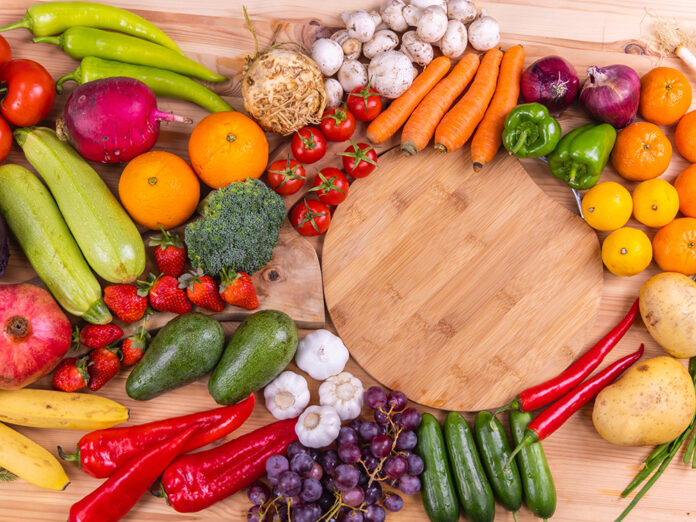
Have you become a backyard gardener because of the coronavirus pandemic? Many of us have turned to growing our own food for a number of reasons. Maybe it’s because you had more time on your hands. Perhaps you weren’t making as many trips to the grocery store. Or you were looking for a healthy activity to enjoy with your children at home.
Whatever the reason, now is the time of year harvesting your warm-weather produce will start in earnest. And it is important to know how to store both homegrown and store-bought vegetables and fruits this time of year for maximum freshness and shelf-life, and to
reduce food waste.
First, harvesting your own vegetables and fruits is best done in the morning when the water content is at its peak. And some, but not all, produce should be washed before
storing. Moreover, not all produce should be refrigerated. So, let’s look at some specifics.
Tomatoes, everyone’s favorite homegrown food (actually a fruit), should be stored at room
temperature on your counter for best flavor and juiciness. Potatoes should be stored in a cool, dark place with plenty of air circulation. But do not store potatoes with garlic or onions, both of which produce ethylene gas as part of the ripening process.
Many fruits also produce ethylene but can be kept at room temperature while ripening then transferred to the refrigerator for longer-term storage. This list includes apricots, plums,
peaches, avocados and nectarines. Apples, however, should go straight into the crisper in
your refrigerator to retain texture.
Citrus also does best when stored in the refrigerator, as do grapes, berries, cucumbers,
peppers, eggplant, summer squash and zucchini. But if you overplanted zucchini as I did, you won’t have enough refrigerator space to hold it all, so give some to your neighbors!
If you buy mushrooms, they should be stored unwashed in the refrigerator for best flavor. But remove the plastic wrap if you keep mushrooms in their original container to keep them from getting slimy.
Lettuces and other leafy greens may also be stored unwashed in sealed containers or plastic zip-top bags to retain their crispness. But they must be washed immediately before use.
Brassica or cruciferous vegetables are cool-season crops when grown at home but are available year-round in our grocery stores. This group, which includes cauliflower, cabbage, broccoli, kale, bok choy and brussels sprouts, should be refrigerated in sealed containers.
Enjoy the fruits (and vegetables) of your labor longer by storing them properly.
Rita Bricker is a Master Gardener.
This column appears in the June issue of InMaricopa magazine.






![MHS G.O.A.T. a ‘rookie sleeper’ in NFL draft Arizona Wildcats wide receiver Jacob Cowing speaks to the press after a practice Aug. 11, 2023. [Bryan Mordt]](https://www.inmaricopa.com/wp-content/uploads/2024/04/cowing-overlay-3-218x150.png)





![Alleged car thief released without charges Phoenix police stop a stolen vehicle on April 20, 2024. [Facebook]](https://www.inmaricopa.com/wp-content/uploads/2024/04/IMG_5040-218x150.jpg)




